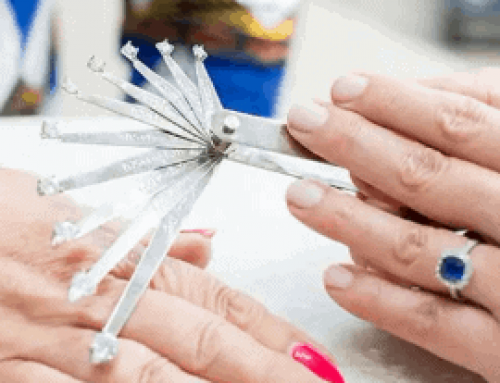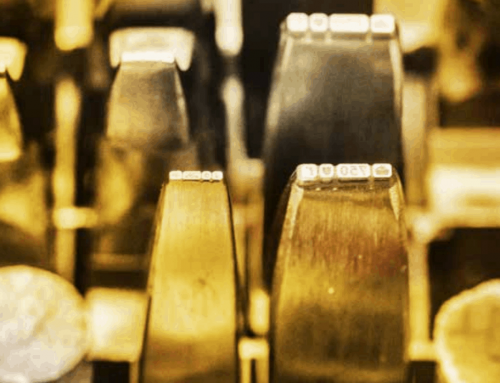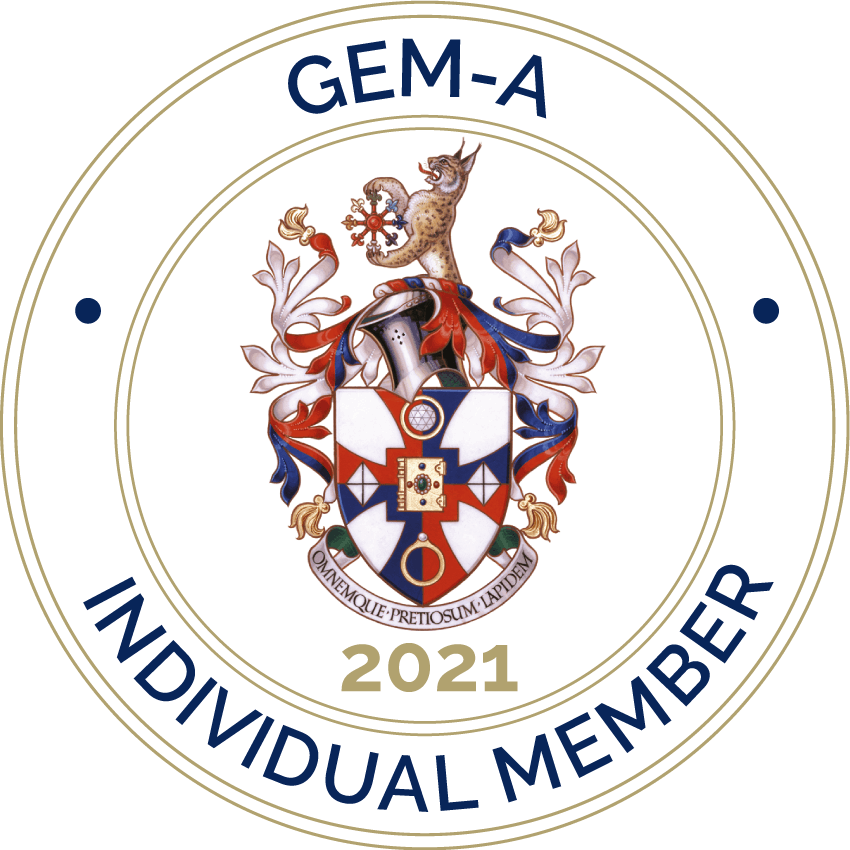Jewel Matching, the history of Carat weight and Cut


A story of Carat and Cut over Time…
I should like to take you on a journey of carat weight versus cut overtime
Diamonds were first found in river deposits in India in the fourth century BC
Now as you can imagine this is the hardest material known to man, so it’s incredibly difficult to facet,
Now this is an example of what a diamond looks like in the rough and the first cuts were a polishing of this octahedral shape – called the pointcut
Following on from India in mid 14th century in Europe the point was ground away to form a table and a small culet, this was very popular until the 17th Century
During the 17th century, the table cut became more rounded by grinding away the edges, thus creating the single cut or 8 cut
The first brilliant-cut was probably developed around the middle of the 17th century – now this does have 58 facets but follows the outline of the crystal rough we call this an old mine cut
Important dates in the history of diamond faceting
Firstly the introduction of machine bruting
Secondly the discovery in 1869 of the first diamond pipe mine in South Africa
This is basically the primary source of diamonds in the volcanic pipe mine so suddenly there is an increased supply of rough, so with this came the confidence and supply to cut away even more of the crystal rough the carat weight to become more and more symmetrical and unlock the performance potential of the diamond
from a gentleman called Henry Morse in 1860 Right up until 1919 when Marcel Tolkowsky who was mathematician worked out the optimum cut for a diamond (called ideal)
The process continued of sacrificing carat weight for sparkle
However, in Europe were first cut in around the 14th Century table cut point was ground away to cut a table and a very small culet at the bottom, this was popular until the 17th century
Diamond brilliance action !
I have here several examples of brilliant-cut diamonds
These two are old European cuts
Historically deeper diamonds have a deeper crown shows off more Fire
Modern Diamonds shallower pavilion creates More brilliance and optimizes
Old round brilliants – candlelight
The modern round brilliant’s – electricity
What should Jewel Matchers think about?
These older diamonds were cut before we applied the modern grading criteria
They will come out with a poor, or fair symmetry grading
Diamonds were much rarer than 20th century supply so they were prised for carat weight and not colour and clarity,
They are so beautiful and must not be dismissed
Now if you prefer a modern round brilliant, think about the strict technical critical which I will explain more about in cut,
but when it comes to a carat, think about the magic popular carat points of 1carat
Make sure a diamond has not to be cut too wide or deep to get it over the
Newer – think about technical – ideal impact around 1ct





